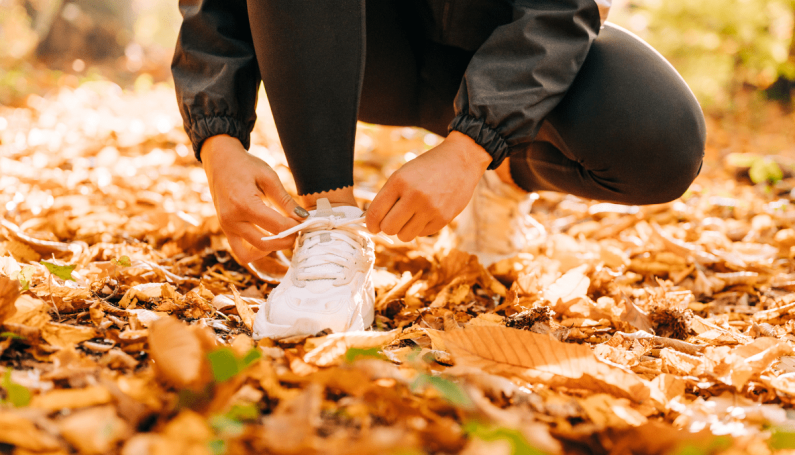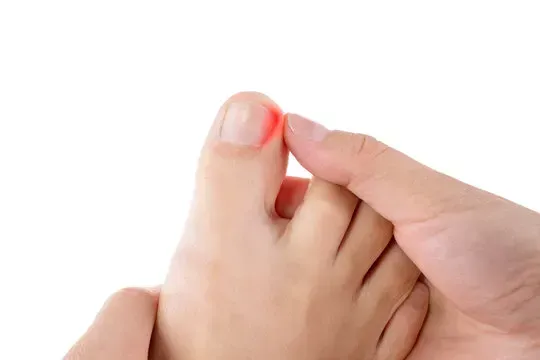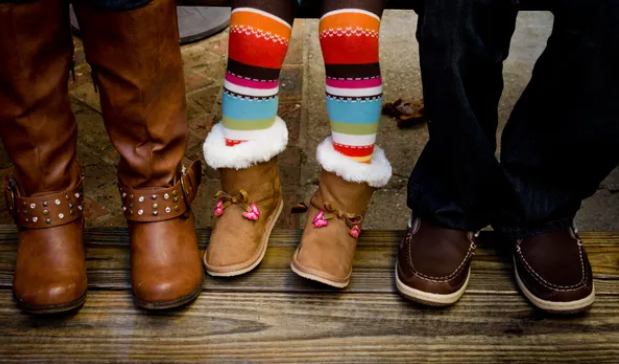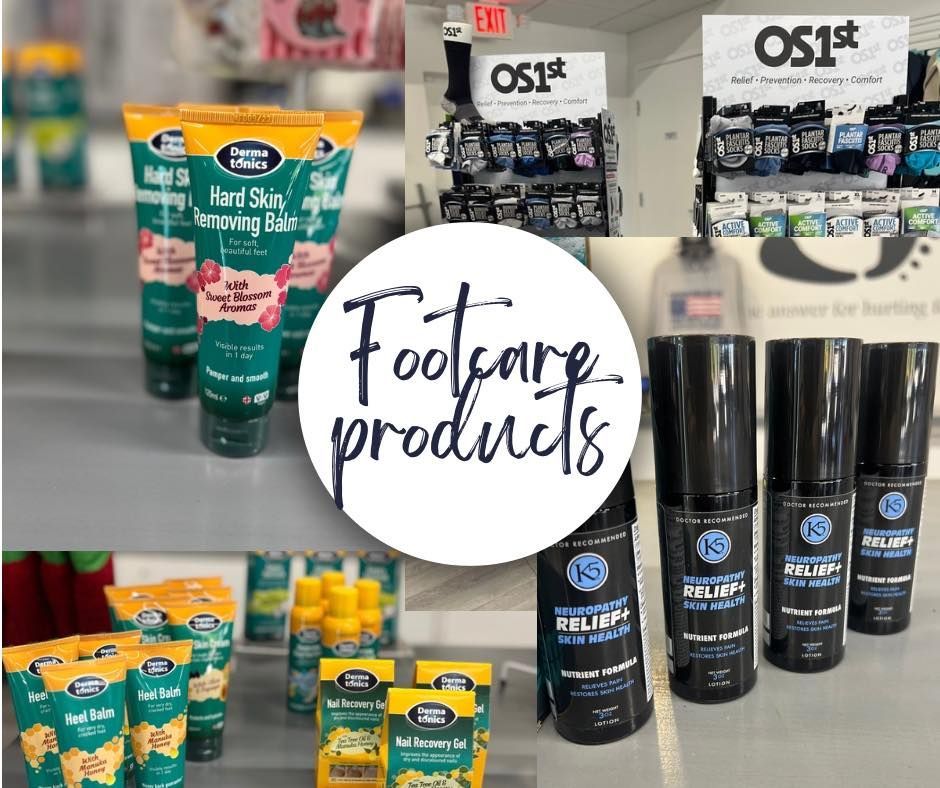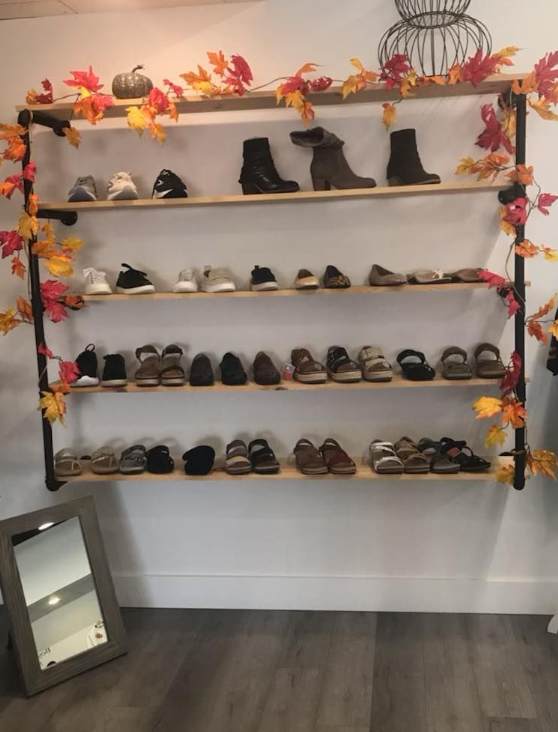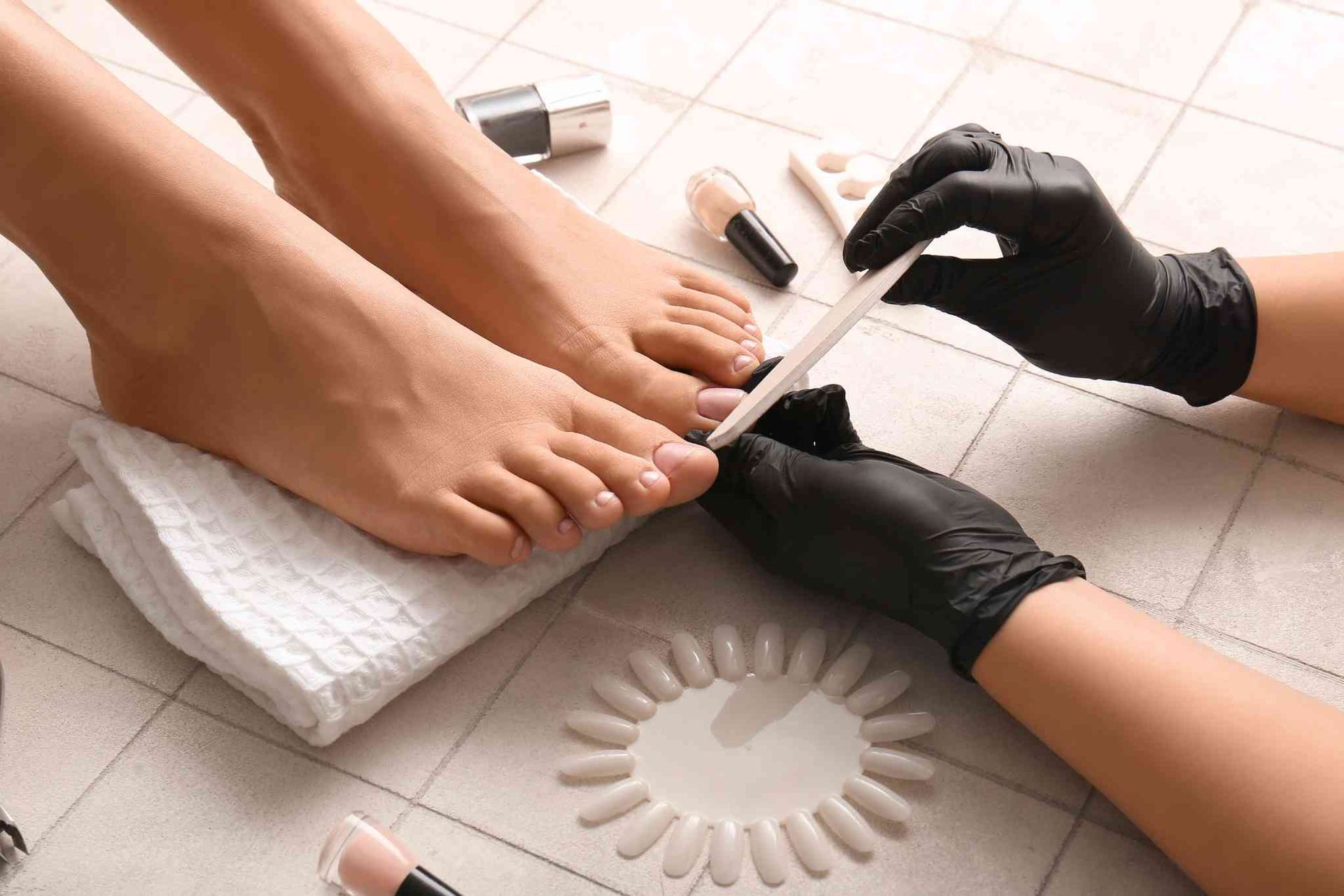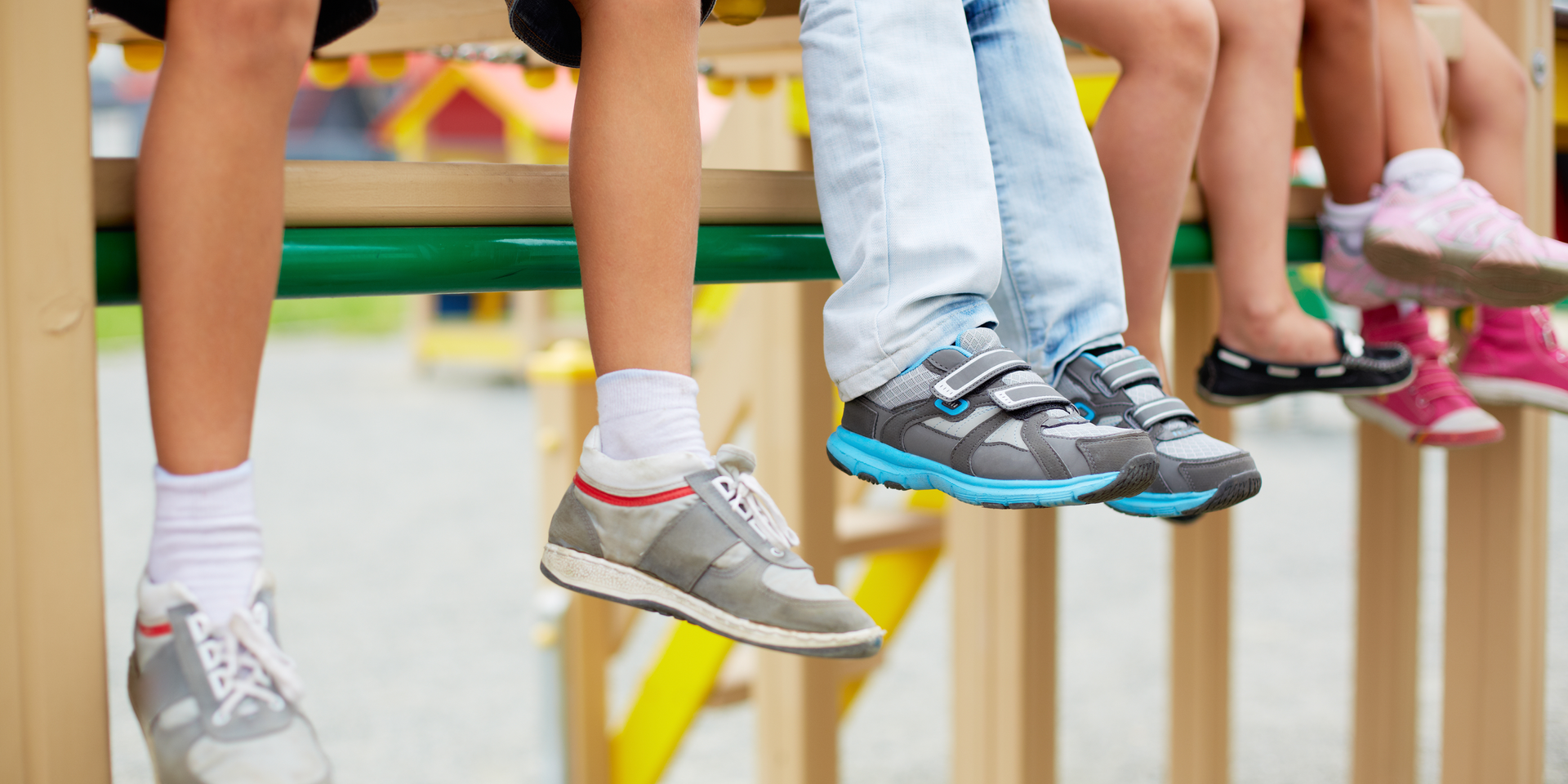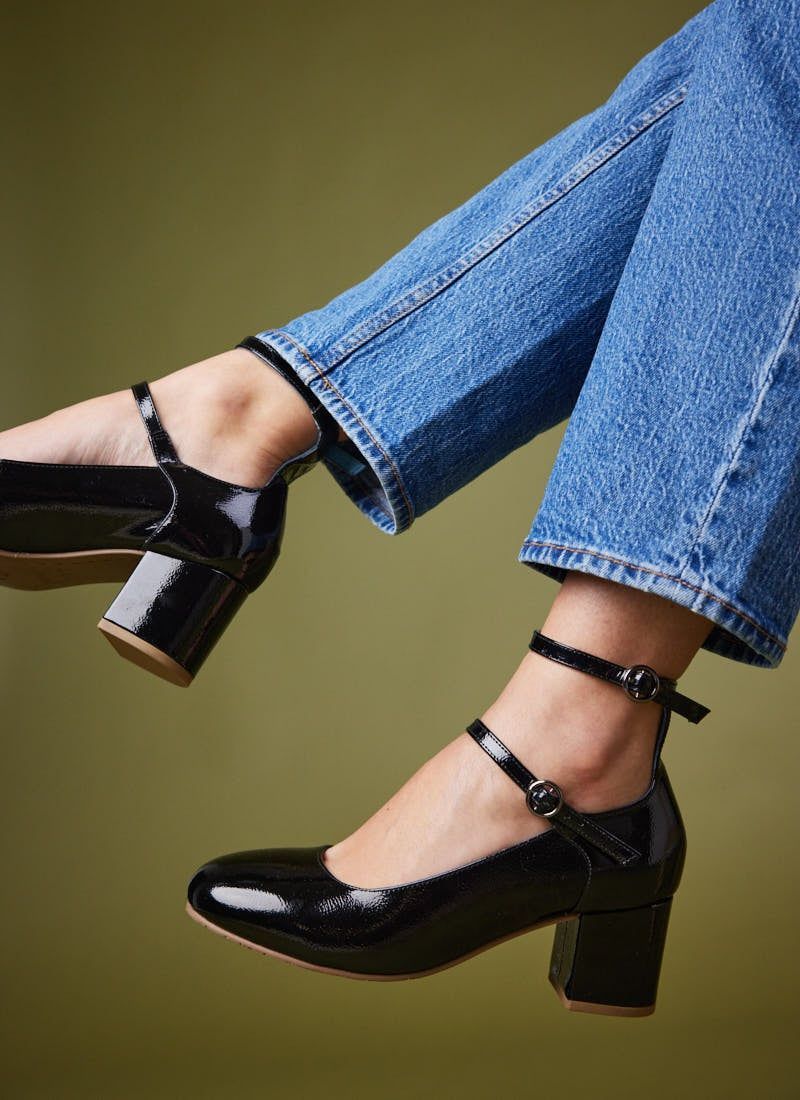Post Title
Exercising with Proper Shoes Creates Better Foot Health
Foot health is a critical aspect of overall physical health, and the right footwear plays a crucial role in maintaining it. Did you know that the human foot is an intricate structure consisting of 26 bones, 33 joints, and over 100 muscles, tendons, and ligaments? The human foot is designed to absorb shock, support body weight, and provide stability and balance. Wearing appropriate shoes that fit well and are tailored to your specific workout is vital in preventing injuries, enhancing performance, and keeping your body in excellent condition.
Imagine your feet as the superheroes of your body, always ready to tackle any fitness challenge. With strong and healthy feet at your side, you'll be a force to be reckoned with when it comes to high-impact exercises like running and jumping. Not only that, but your feet will help you keep your balance and stability in check, perfect for mastering yoga and Pilates like a pro!
While maintaining good foot health can have a positive impact on your exercise routine, the opposite can be true if you experience foot problems. Foot pain, blisters, and injuries can hinder your ability to participate in physical activities, while issues with your feet can throw off your balance and gait, potentially causing injury or strain elsewhere in your body.
Everyday Shoes vs. Workout Shoes
When it comes to footwear, workout shoes and normal shoes are far from interchangeable. Don't confuse your sneakers for your loafers! Workout shoes and normal shoes are not in the same league. The design, construction, and features of each type cater to different needs. The primary objective of workout shoes is to supply the support, cushioning, and traction necessary for various physical activities. On the other hand, normal shoes are more suitable for casual wear and everyday activities such as grocery shopping and casual outings with friends.
Here are some of the key differences between them:
Sole: The soles of workout shoes are intentionally designed to offer traction and stability on a range of surfaces. These sneaker soles are meticulously crafted to give you the grip and balance you need during athletic activities. In contrast, regular shoes with flat soles just don't cut it when it comes to sports. Save those for Sunday strolls and let your workout shoes take the spotlight.
Cushioning: When it comes to workout shoes, cushioning makes a huge difference because it ready allows the shoe to absorb the shock of your impacts which protects your joints.
Support: Sneakers for the gym typically have some extra benefits, such as arch support or pronation control, that give your feet the stability they need to avoid pesky injuries. Regular shoes might not have these features, which could make them less than ideal for sports or workouts.
Breathability: Sweat happens, but not with workout shoes! Workout shoes are made with special materials to allow breathability which keeps your feet cooled and dried while you workout.
Durability: When engaging in regular exercise, it's important to wear footwear specifically designed for the occasion. Workout shoes are built to endure the wear and tear of repetitive motions, with reinforced materials and stitching to prevent damage. In contrast, normal shoes may lack the durability needed for athletic activities and may wear out quickly.
What to Consider When Choosing a New Workout Shoe
Finding the perfect pair of athletic shoes is like finding a treasure chest of strength and performance! For running, you'll need some cushioned shoes that can handle the impact and protect your feet. Cross-training? You'll need a pair with lateral support to handle those crazy side-to-side moves. Basketball players, don't forget your high-top sneakers for that ankle support and protection. And let's not forget our soccer stars - you'll need some specialized kicks with the perfect cleat design for ultimate traction on that field. Hiking enthusiasts: a shoe with sturdy ankle support and a tough-as-nails sole is a must for those adventurous terrains. Don't let anything hold you back!
Wearing the right shoes is crucial, and this means making sure they fit correctly. A good fit should be snug but not overly tight, with enough space to wiggle your toes. The heel should fit snugly without any slipping or sliding. It's recommended to try on shoes at the end of the day when your feet are at their largest, and wear the same socks you intend to wear during activity.
When to Replace Your Shoes:
During your workouts, wearing worn-out sports shoes may not provide adequate protection for your feet. According to Michigan State University Extension, running shoes should be replaced after every 350 to 500 miles. If you run 20 miles per week, you should consider replacing your shoes every 20 to 25 weeks. When determining if it's time to replace your shoes, don't rely solely on treads on the bottom of the shoe, as they may not be a reliable indicator. Instead, check the mid-sole of the shoe for signs of damage, which may appear earlier.
It’s important to remember that there's no one-size-fits-all solution when it comes to feet, which means you may need to try on a few different shoes to find the perfect pair for you. Experiment with various brands and styles until you find the perfect fit that complements your unique physical activity or workout routine. Your feet will thank you!
Whether you are looking for your first pair of athletic shoes, or need to replace a worn out pair - Bogers Shoes has you covered. Our team is always ready to help you with your needs.

